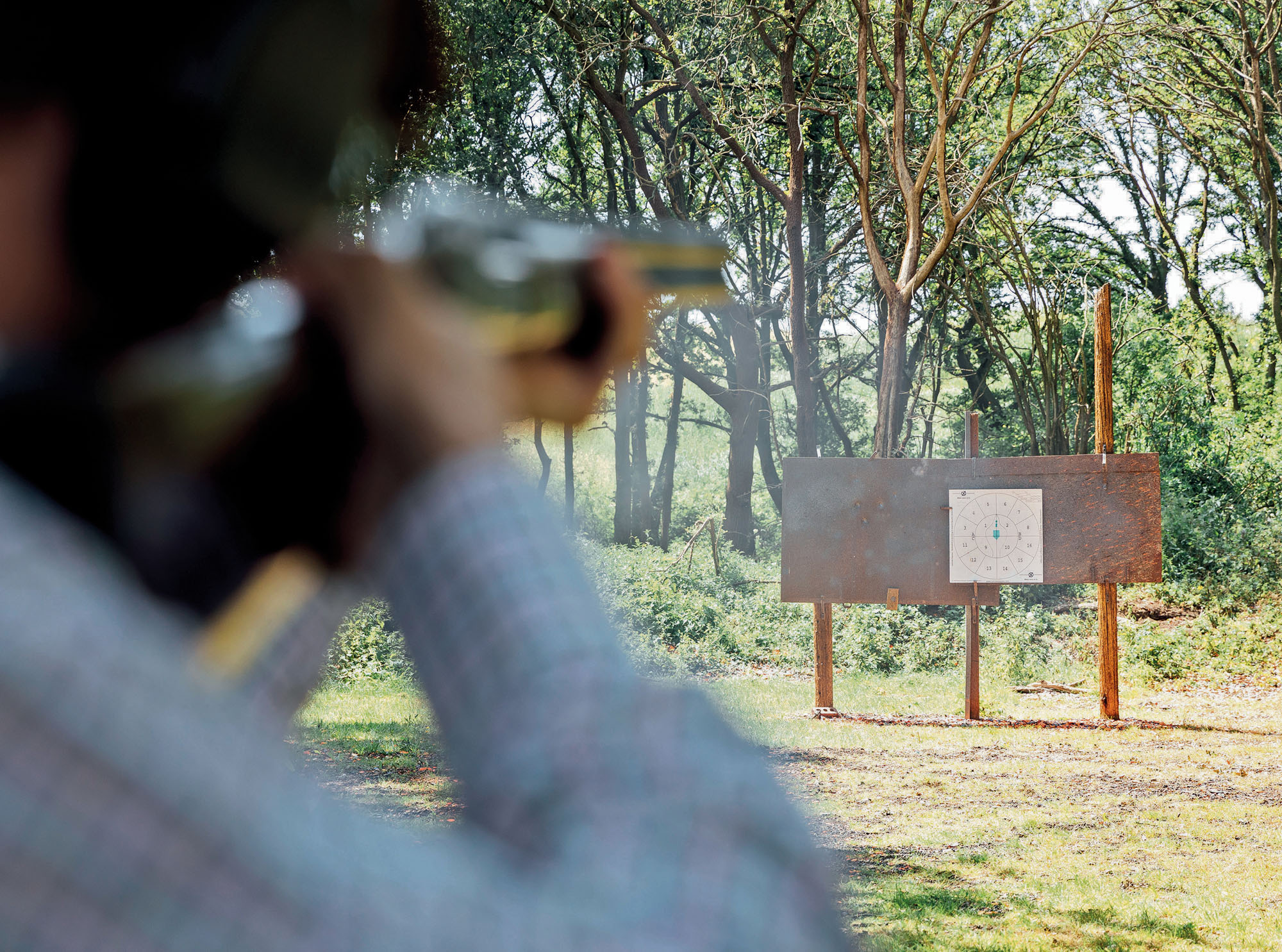The use of e-collars in dog training
With the use of e-collars having been outlawed in Wales since 2010, Vicky Payne explains why she believes we should be lobbying to have this ban extended to the rest of the UK.

This month I am writing about a topic that is very emotive, and that you might not think of as a veterinary topic at all: electric collars. It shouldn’t come as a surprise that as a vet and behaviourist I am not in favour of e-collars. The use of e-collars has been banned in Wales, Sweden, Denmark and Germany, and is controlled in Australia and New Zealand. Their use in Scotland can be considered an animal welfare offence. A complete ban was proposed in both England and Scotland, but hasn’t happened, in part due to lobbying from shooting organisations. I have to be a member of a shooting organisation for insurance when working my dogs or carrying a gun, but as a vet I am also an advocate for dog health and welfare, so I find supporting organisations who have lobbied against an e-collar ban ethically very difficult.
How dogs Learn
Dogs are more likely to repeat behaviours which make them feel good or better and are less likely to repeat behaviours that make them feel bad or worse. Gundog trainers have a head start because hundreds of years of selective breeding mean that our dogs feel good doing things we want them to do such as hunt and retrieve – we just need to show them the boundaries!
There are four ways we can influence a dog’s behaviour:
- Positive reinforcement (R+): the dog gets something it wants and is more likely to repeat the behaviour.
- Negative punishment (P-): the dog doesn’t get something it wants/ expected and is less likely to repeat the behaviour or will try harder to perform the correct behaviour to get R+.
- Positive punishment (P+): the dog receives something it doesn’t like and is less likely to repeat the behaviour.
- Negative reinforcement (R-): something the dog doesn’t like stops happening and the dog is more likely to repeat the behaviour.
Uses in training
Modern dog-friendly training uses lots of R+, a bit of P-, and avoids deliberate P+ and N-. It need not be permissive or wishy washy and dogs that have been trained in this way are now winning at the highest levels.
There is no doubt that ‘punishment’ works, and it can occur by accident in training. If a dog hits a jump when retrieving, they are less likely to tackle the jump next time, or if a tooth is painful, they may stop retrieving. We can stop a puppy jumping up by hitting it on the nose to make jumping up feel bad… but why not use treats, praise or a chest rub to make not jumping up feel good? In my veterinary practice, we try incredibly hard to persuade animals to co-operate through training and reward instead of frightening them by pinning them down for injections or nail clips, which leads to less stress all round.
The main argument put forward for using e-collars is livestock chasing, and while I agree this is a serious problem I do not agree that electric collars are the answer. For the e-collar to work, the shock must be timed impeccably, just as the dog thinks about chasing the animal. Highly driven dogs in full flight are less likely to respond to a shock, unless the intensity is very high. The dog should not be aware that it has the collar on, or that the handler controls the shock. The more often the shock is applied, the more the dog learns the circumstances in which they can be shocked. I have seen many dogs who won’t chase with a collar on but would do so if the collar was removed or their owner wasn’t present. Stock chasing can still occur if dogs escape their garden, are working ‘naked’, or go out of collar range. Worse still, a badly timed shock (e.g. just as the dog was breaking off a chase to return) could make the desired behaviour less likely to happen. Studies have shown that e-collar training raises stress levels in dogs, can induce frustration-related aggression, and cause long-term damage to the bond between handler and dog.
As well as mental harm, e-collar units can cause physical harm. They cause pain and inflammation of the skin and long-term use can cause skin thickening, and even wounds where the electrodes contact the skin. I have known dogs who have run through an invisible boundary fence and then been unable to get back in, and have seen dogs run further away from their handlers for fear of getting ‘zapped’, both resulting in injuries. The operational safety of some units has also been questioned with the possibility of accidental discharge and ‘pulses’ lasting much longer than the handbook states. All in all, not a tool that we should want to hang on to, in my opinion.
The good news is there is a simple way to cure a livestock chaser! Keep them on a lead and ensure your garden fencing is dog-proofed. If you can’t avoid working off-lead near livestock, consider finding the dog a home without temptation.





